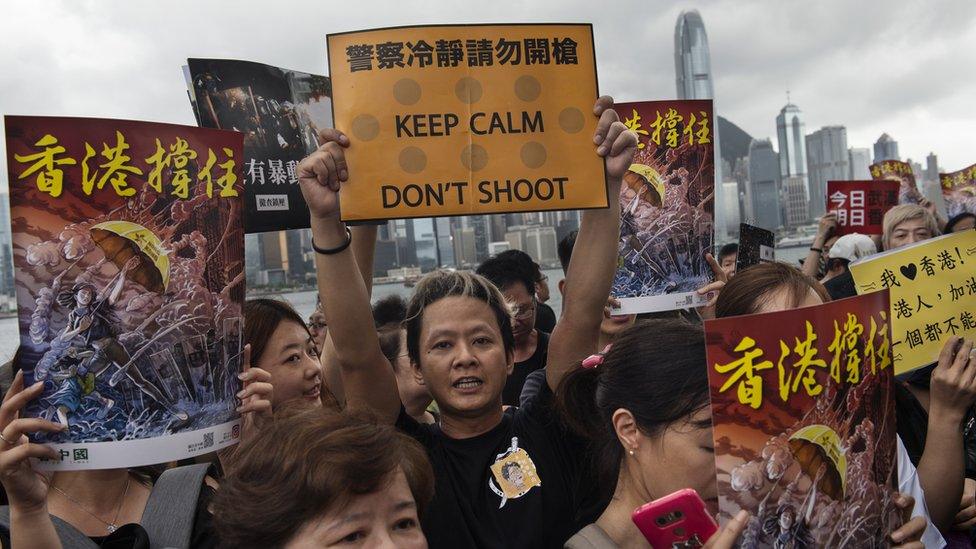Picture power: Masked protest in Hong Kong
- Published

Photographer Lauren Crothers grew up in Hong Kong. Now based in New York, she was drawn back to the territory to document the recent protests that began against proposals to allow extradition to mainland China, but have grown into a wider pro-democracy movement. Here, Crothers talks about her portraits of the protesters.
For months, I'd been watching and reading intently as the protest movement in Hong Kong evolved. By September, I decided to go back. Hong Kong is where I was born and raised; it's where my journalism career began and I've spent more of my life there than anywhere else. While I felt a natural compulsion to return and make photographs, I wanted to take a different approach.
I decided on a simple studio-style portrait series as a way of providing a slower, more isolated visual narrative of the people involved in this movement.


The only way to really do that was to work with available light against a neutral background and it had to be in the midst of one of the gatherings.
Although I'm very familiar with Hong Kong and the routes people had been using to march and gather, logistically, I was still anxious I had set myself up to fail. However, I worked with a fantastic fixer who recommended we try to take the pictures during a planned anti-totalitarianism rally at the end of September, heading from Causeway Bay toward Admiralty.
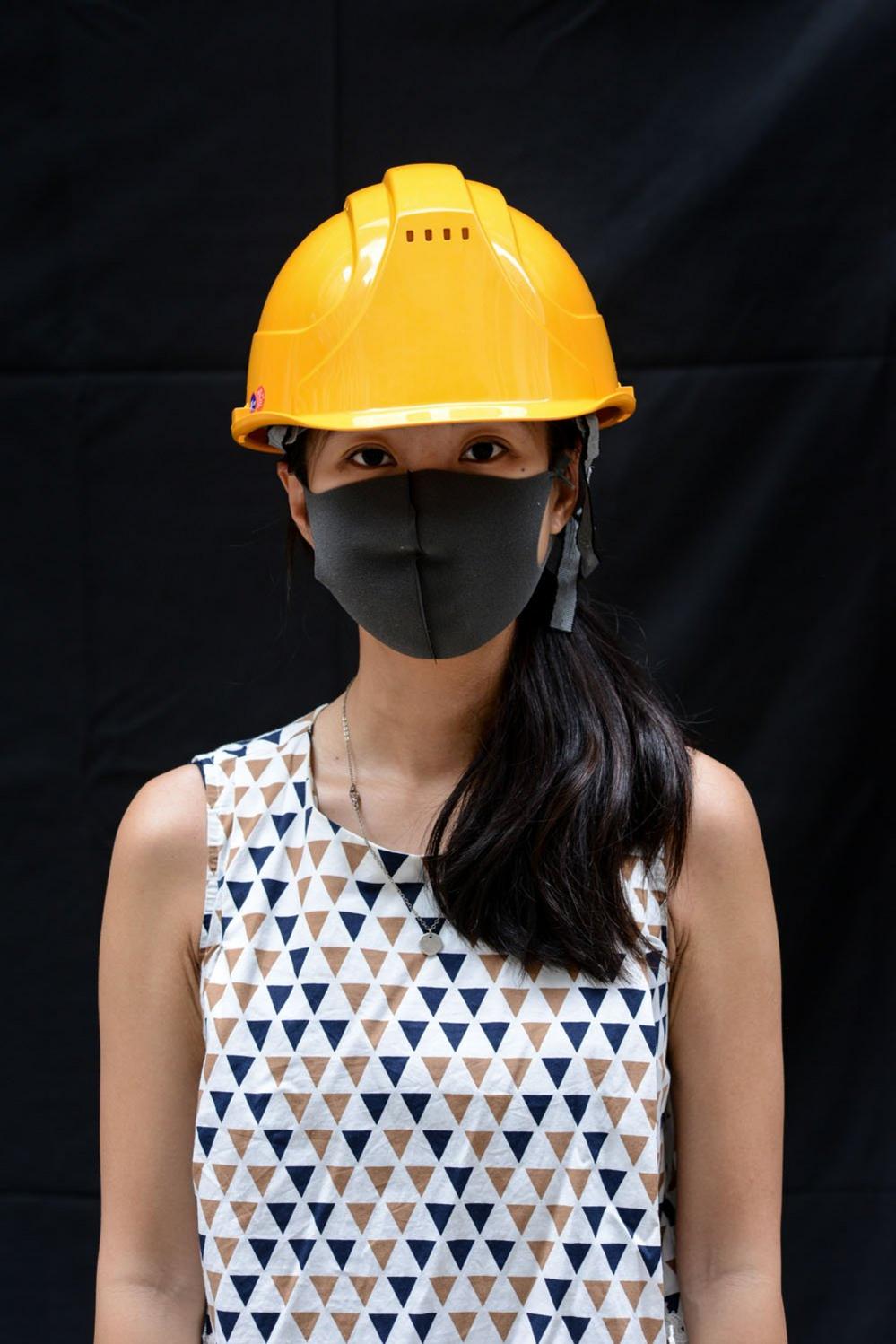

Because I needed to be able to set up a backdrop, and potentially break down, very quickly, I brought a cheap, small set of studio poles and backdrop clips. I packed several yards of different coloured translucent fabrics on the off-chance people would want to be fully anonymous - but on the day, I defaulted to the black background.
I'd gone to the fifth anniversary of the Umbrella Movement the night before and felt confident enough people were covering their faces and therefore a sense of anonymity was already being established for those who wanted it.
The start of the march was punctuated with a few skirmishes and rounds of tear-gas but as police retreated and people started marching, we ducked into a side street and quickly set up.


Luckily, it was a reliable and safe spot from which to work, while being in close proximity to the start of the march. Together, we managed to invite 20 people to have their pictures taken.
There were many, many people over the course of the few hours that declined, which is fair enough. I know my little set-up was an odd sight; not to mention the rally was flowing at a pretty good clip and I assume people didn't want to be separated from their friends.
My only directions to participants were to stand straight on or slightly facing the left or right. How they posed was up to them.
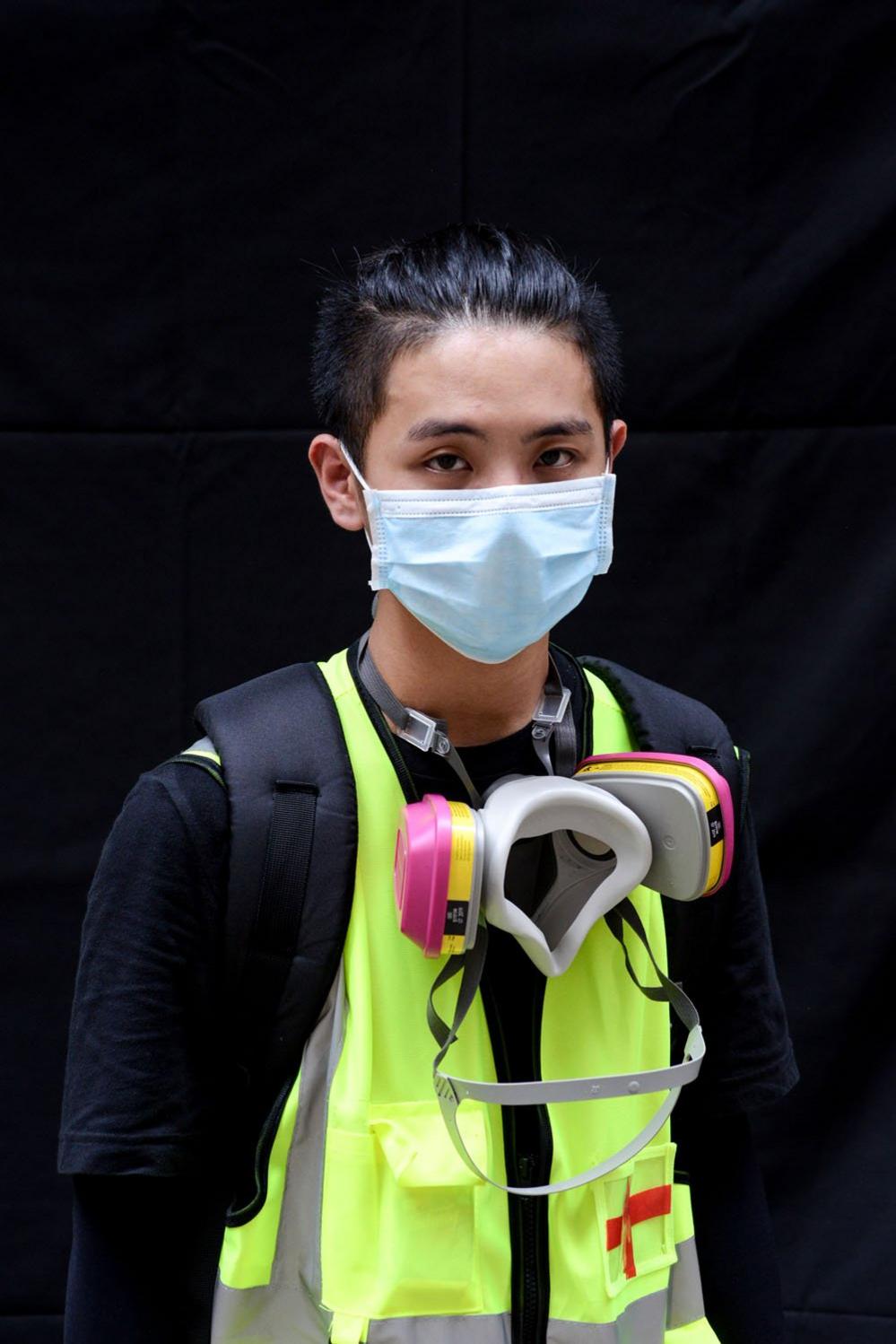

Less than a week after I photographed the protesters, Hong Kong Chief Executive Carrie Lam announced a ban on masks worn at street rallies, which I think has made the series take on more value. All but one participant wore some kind of mask or face covering.
While I did end up photographing at other rallies, I didn't take the "studio" with me again while I was still in town; I felt I'd chanced my arm already and was worried about a situation changing and becoming more dangerous.
While I was in Hong Kong, an Indonesian journalist was blinded in one eye by a rubber bullet, and an 18-year-old protester was shot in the chest after attacking a police officer.
Returning to Hong Kong this time was surreal and at times overwhelming and I have no idea when or how this will all end. All I can hope for is that no-one else is injured and no lives are lost.
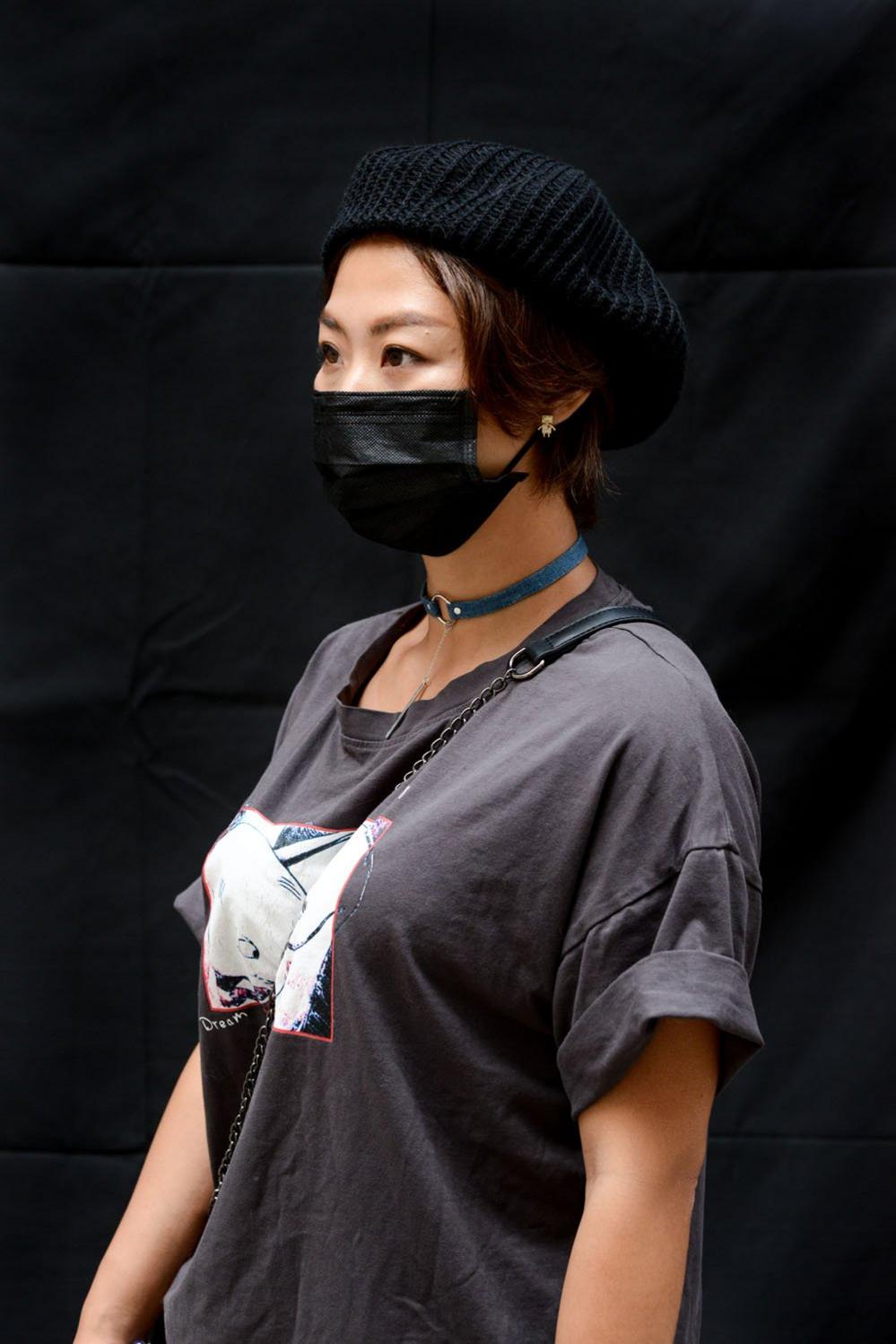

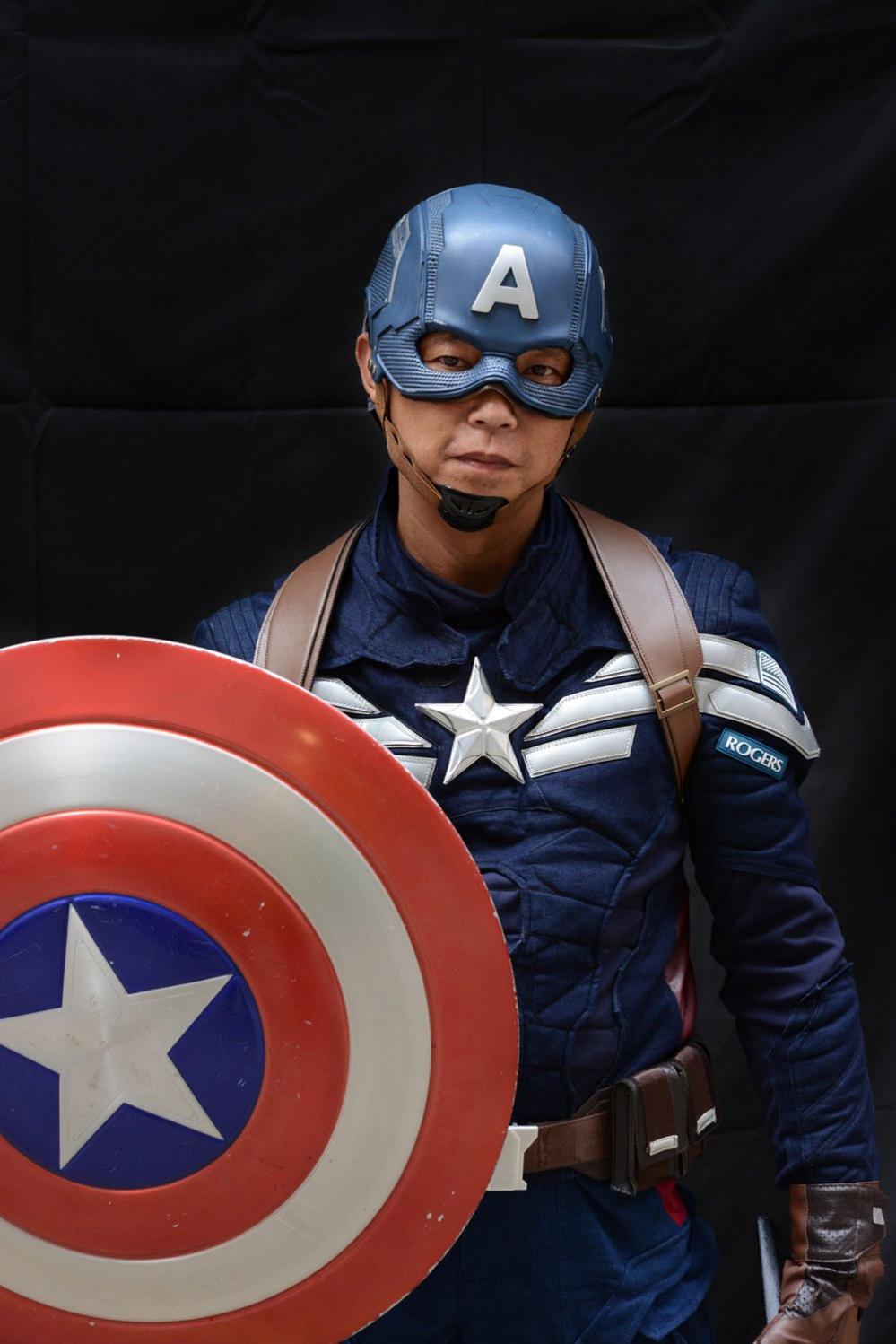



All photographs © Lauren Crothers
- Published28 November 2019
